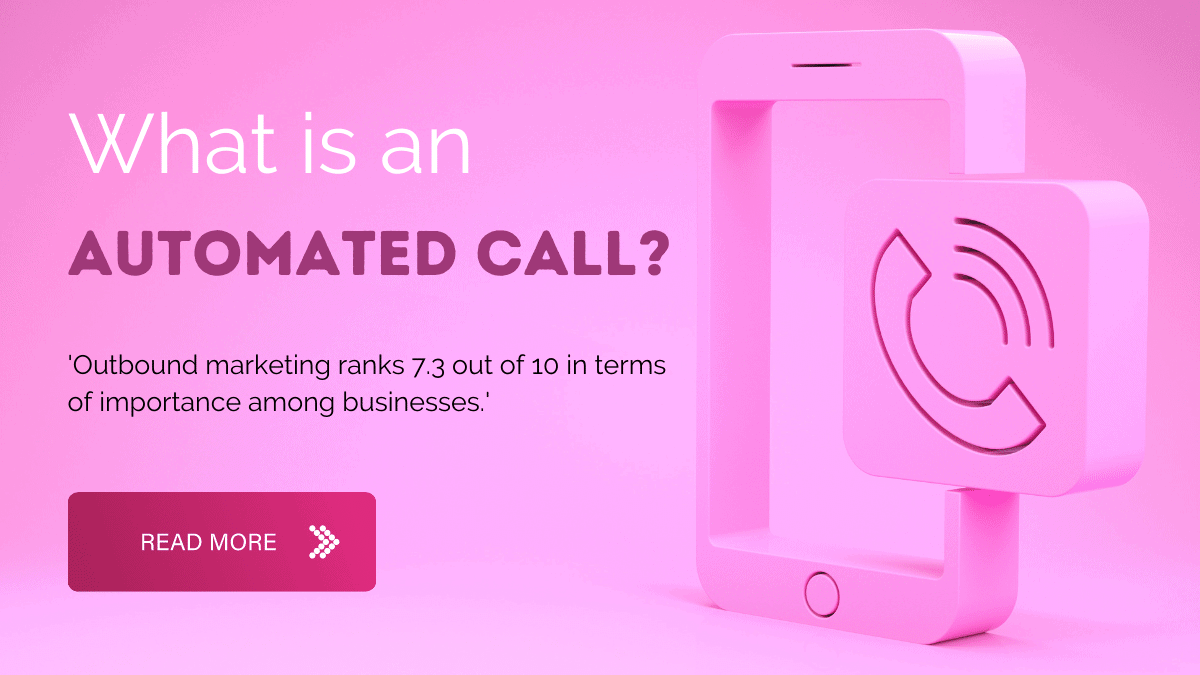Some people might say that automated outbound calls are similar to the telemarketers that call at dinner time or the early hours of the morning. But it’s not just limited to salespeople and spammers. Automated outbound calling has many uses for businesses – everything from administrative tasks right through to generating sales leads.
In this article, we’ll look at what automated outbound calls ares, how they work, how to set them up and use them for your business.
(Want more articles like this in your inbox? Click here to get our fortnightly CX newsletter.)
What is an automated call?
An automated outbound call is a phone call that’s placed through a computer or some other device. They’re often used for sales purposes, such as promoting a product or service. You can also use them for different reasons like collecting information from customers.
How do automated outbound calls work?
Automated outbound calls are placed through a computer, which dials the call and initiates contact with the intended recipient. The computer follows a script, which tells it what to say within the call, and follows a series of programmed rules dictating how to respond to certain words, phrases, or occurrences during the call.
Which parts of a call can businesses automate?
There are many options for automation, depending on the type of automated call.
Some of them include:
1. Identifying callers
The first thing you need to know about whoever is calling is who they are. Contact centers are automating this process by using an integrated voice response system (IVP) to request information from callers.
However, the simplest way to identify a caller is through their phone number unless they don’t appear in your caller’s profile in your CRM. Computer telephony integration (CTI) allows the system to recognize numbers instantly and save time.
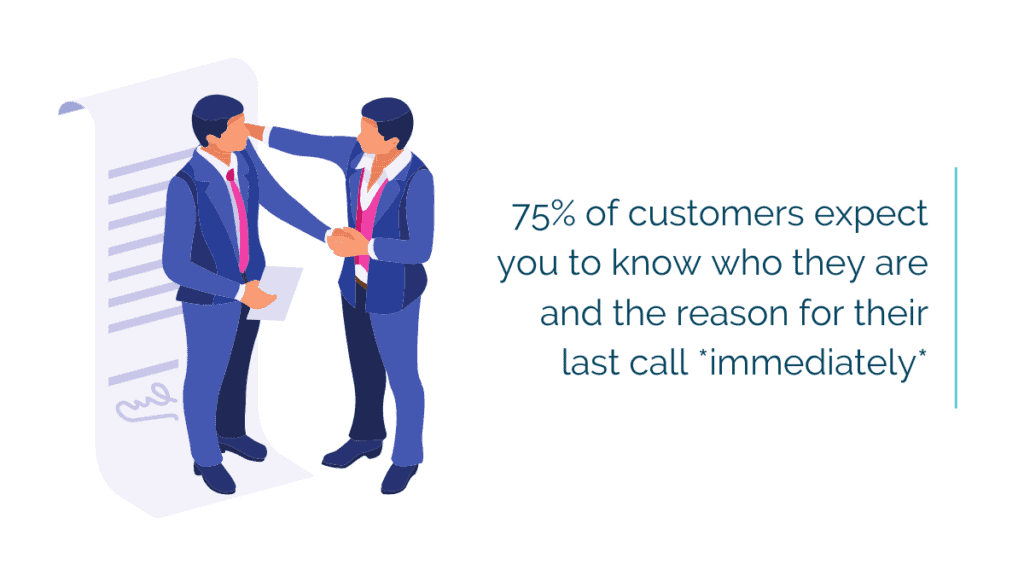

2. Real-time data for agents to use during the call
Automated outbound calls can incorporate data from existing customer relationship management (CRM) systems. It allows call center agents to access customer information during the call, which they can use to guide their interactions further.
3. Data entry
APIs allow your systems to coexist and automatically enter data like who called you. It speeds up the process of entering information about your contacts when they call.
4. Managing outbound calls
Creating call lists is an essential process for businesses and organizations. It’s important to control who gets called and when, make changes quickly and easily, and ensure that all data is up-to-date and accurate. Automating call lists helps you minimize the manual input required to manage the calls.
How do I set up automated calls?
The easiest way to set up an automated call is by using a headset and a platform specializing in outbound calls. These platforms include free trials and full-featured products that let you set up your campaign and start calling within minutes.
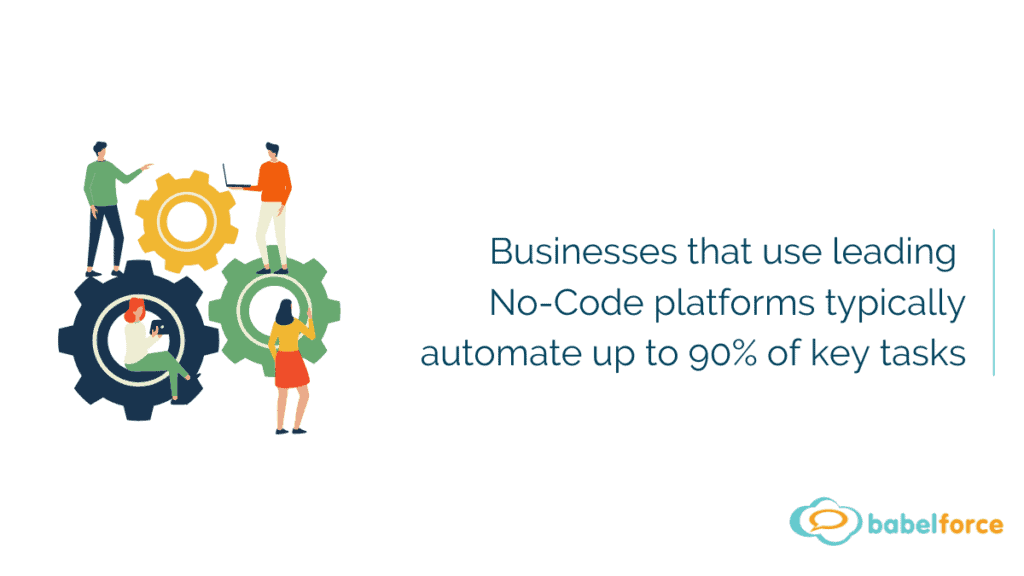
How and when to make outbound calls
With VoIP telephony and CTI, you can set up automated outbound calls quickly and easily. You should choose a solution that allows you to configure your dialing parameters, such as time of day and dialing method (DID or DPID), and lets you set up call lists.
The following are the types of outbound calling services you can start offering with an automation platform:
1. Virtual queueing
Virtual queuing makes it possible to set up and manage call lists for agents in your contact center. Callers will be placed in a virtual queue until they’re answered, and the system will automatically initiate a call to the next available agent. You can use it for both inbound and outbound calls.
2. Customer Onboarding
Another way to automate outbound calls is through customer onboarding, which involves asking about experiences and offering support. You can use IVR (Interactive Voice Response) or off-site lead generation tools to qualify customers and put them into a queue for live interaction. The system then calls the customer routed to an agent for live interaction.
3. Proactive customer service
Your business can also automate outbound calls to offer customer service proactively. It’s helpful to call your customers regarding an issue before they reach out. You can use this strategy to help customers with billing inquiries, service changes, and technical issues.
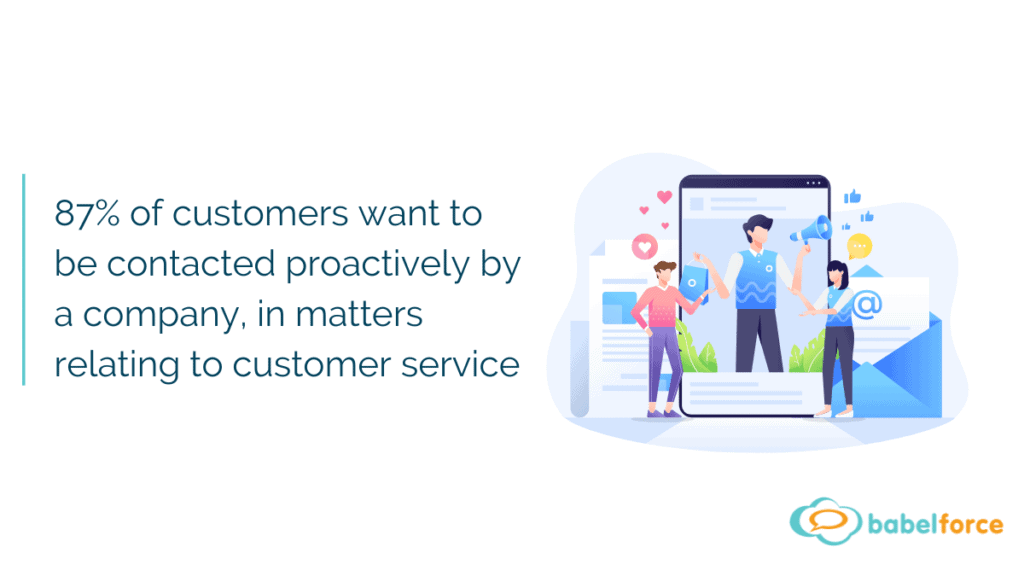
4. Customer feedback
You can use automated outbound calls for customer feedback surveys. Respondents will get a message telling them about the survey, and they’re prompted to enter their feedback. It ensures that everyone is asked about their experience, even if they don’t call your contact center themselves.
5. Customer retention automation
Customer retention and automation go hand-in-hand. The contact center can automate service calls for communication with your customers after a sale. This allows agents to follow up with customers, see how they’re doing and proactively address their problems.
6. Access-for-all services
It is usual for you to have customers who don’t prefer communications such as web or social media chat. This may be a small customer base, but they are still a crucial part of your business. Outbound phone calls may not solve all communication issues, but it is essential to have effective channels.
The value of a blended contact center model
A blended model allows you to utilize the voice and self-service channels. Agents can be available for immediate issues, while automated outbound calls provide a more proactive self-service model. This helps you provide a more holistic customer experience while offering the best solution for any given scenario.
The benefits a blended contact center model can offer your business include:
Efficient services
An outbound contact center streamlines your services to avoid congestion while offering relevant choices to customers instead of overwhelming them with options. Outbound marketing ranks 7.3 out of 10 in terms of importance among businesses.
Customizable
You can personalize outbound calls to be as helpful as possible. Automated tools allow you to monitor and track customer interactions, customize communication and make changes as necessary.
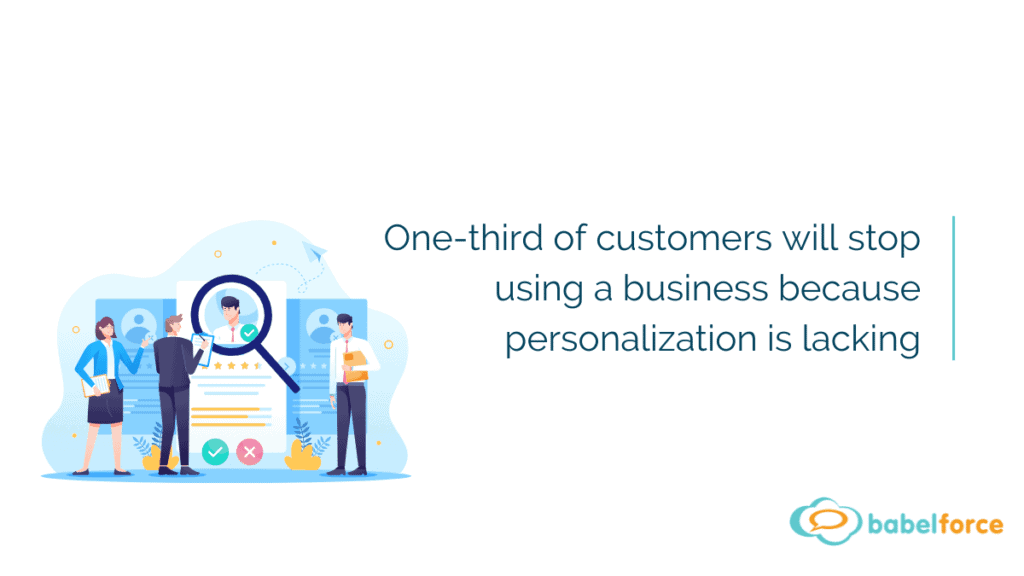
More empowered agents
Even if you have a smaller contact center, automated outbound calls can give it the advantage of providing more personalized service. Agents are empowered to focus on the customer while using automation for follow-up calls and proactive customer engagement.
Proactive service that pleases customers
Customers enjoy personalized, proactive service. An outbound call center helps agents take the guesswork out of customer interactions while offering more service options.

